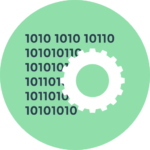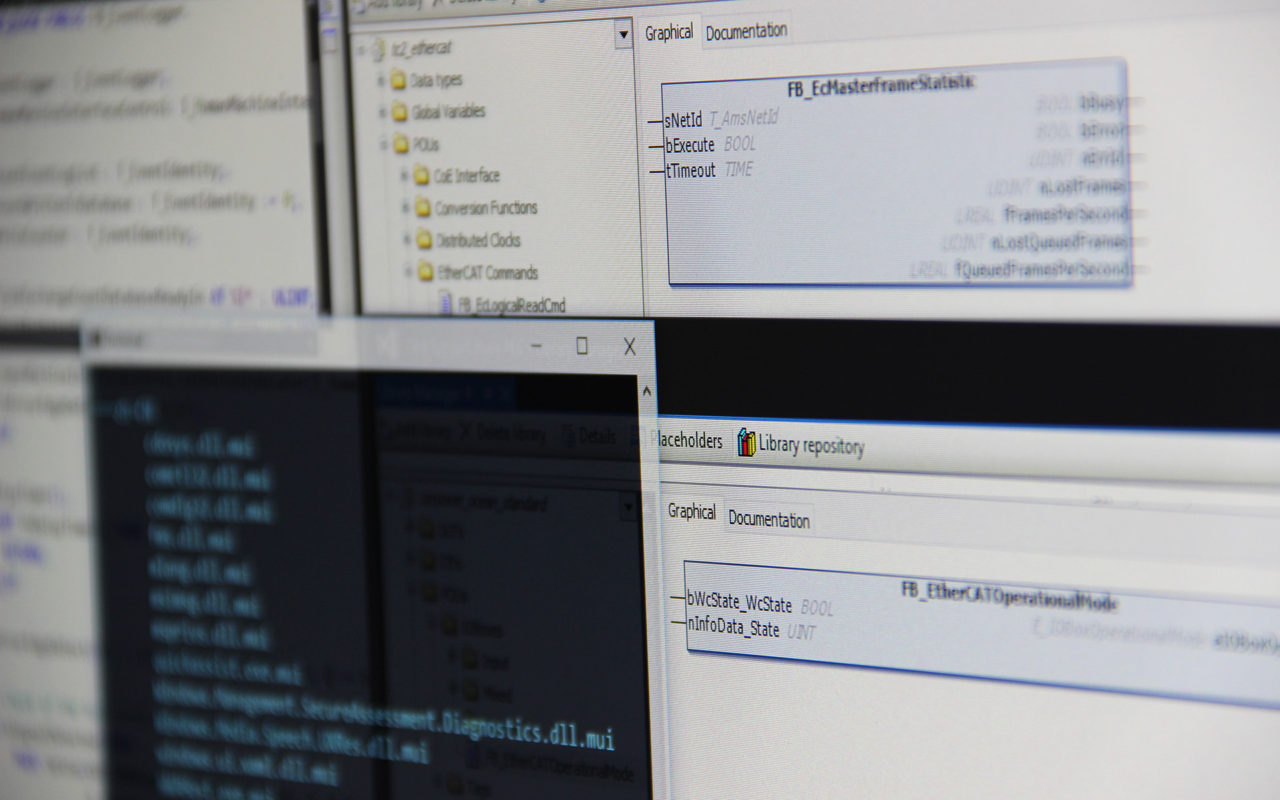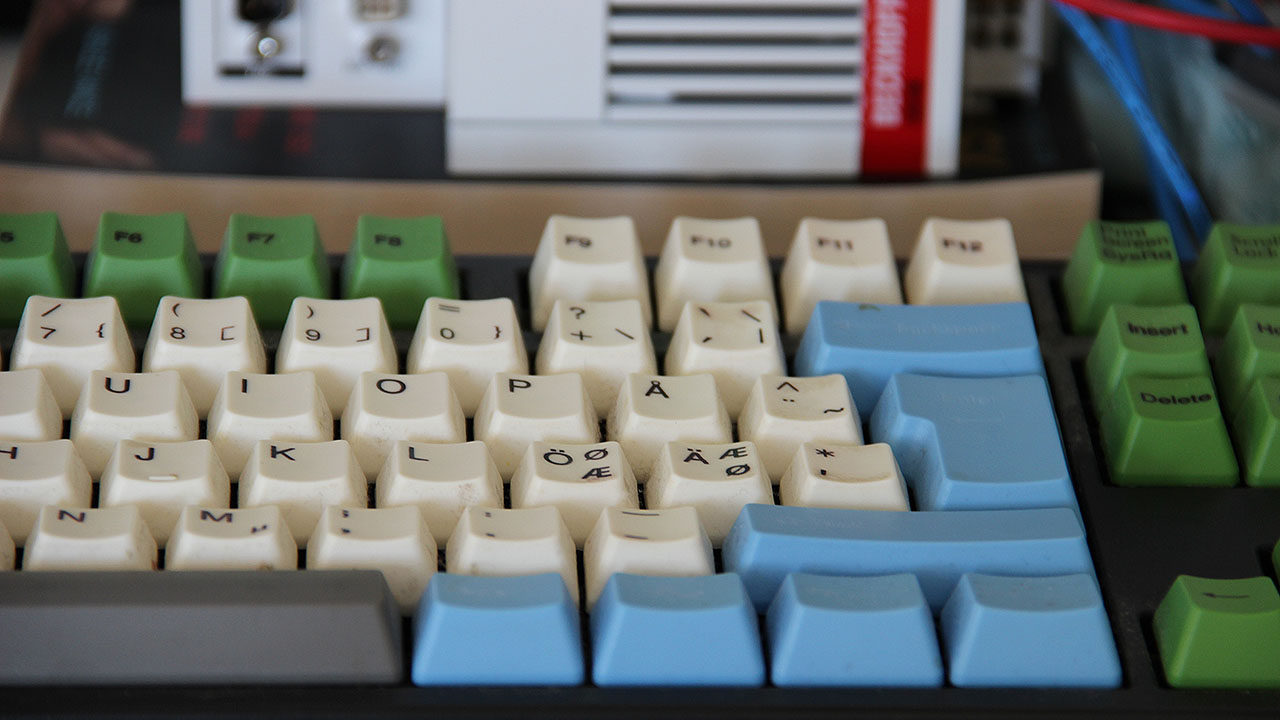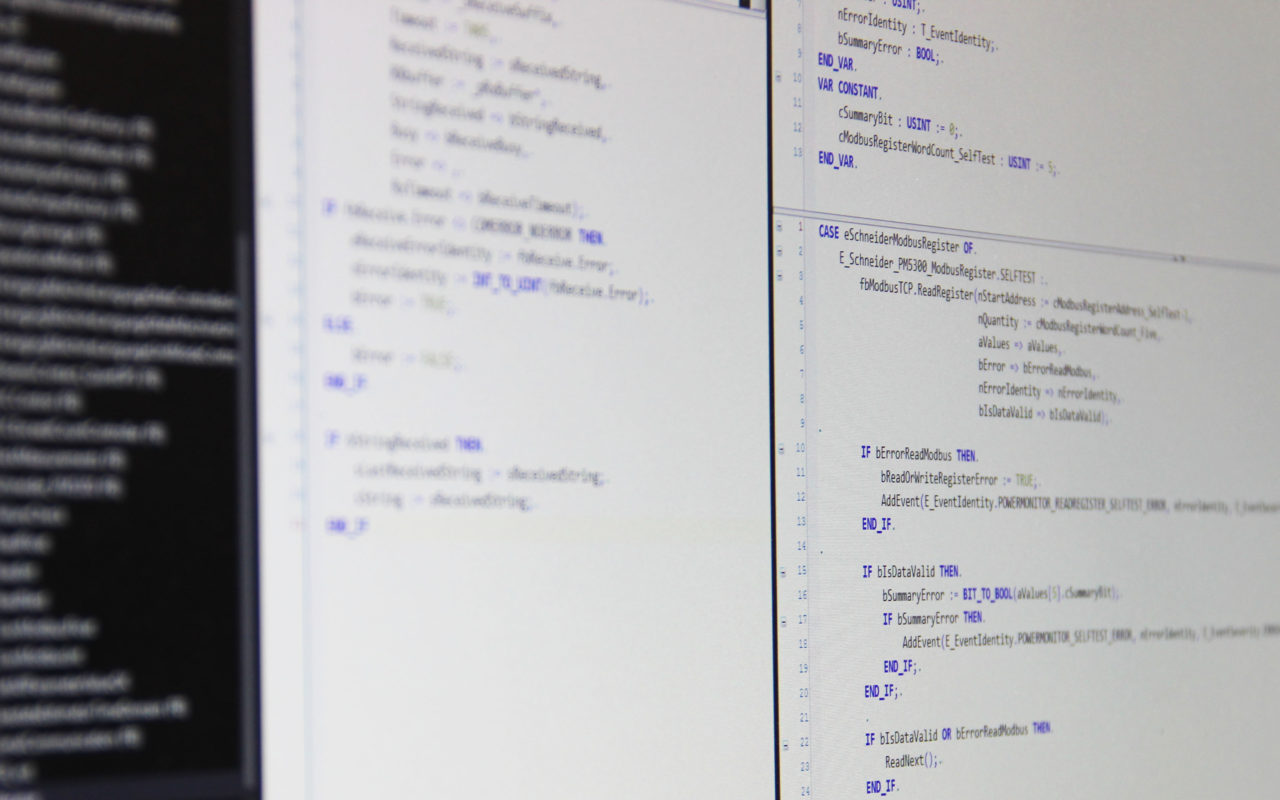Test driven deve lopment (TDD) doesn’t seem to be all too common among TwinCAT-developers, which is a shame. From my experience, TDD has a strong foothold everywhere among developers, but TwinCAT? Not so much. And I don’t blame them. There are TDD frameworks for C++, C#, Ada, Python and basically any other language and/or development environment. Do a Google search on the web on any programming language/IDE and TDD and you get thousands of results. Do the same for TwinCAT and you’re on your own.
lopment (TDD) doesn’t seem to be all too common among TwinCAT-developers, which is a shame. From my experience, TDD has a strong foothold everywhere among developers, but TwinCAT? Not so much. And I don’t blame them. There are TDD frameworks for C++, C#, Ada, Python and basically any other language and/or development environment. Do a Google search on the web on any programming language/IDE and TDD and you get thousands of results. Do the same for TwinCAT and you’re on your own.
TwinCAT static code analysis
 Together with TwinCAT release 4022.0 Beckhoff released their product “TE1200 – TC3 PLC Static Analysis“. It’s a tool integrated in the development environment to help the developer increase the quality of the code. Other than being able to set your own naming conventions for the code, TE1200 can be used for various rule checks, for example:
Together with TwinCAT release 4022.0 Beckhoff released their product “TE1200 – TC3 PLC Static Analysis“. It’s a tool integrated in the development environment to help the developer increase the quality of the code. Other than being able to set your own naming conventions for the code, TE1200 can be used for various rule checks, for example:
- non-assigned return values
- usage of object-oriented features
- unreachable code
Developing code for different runtimes
I guess you’ve seen the news, TwinCAT 3.1.4022.0 has been released. At one point or another, when developing TwinCAT software you eventually end up in wanting to write code for the latest runtime, but still being able to do software bug fixes/releases for code running on older TwinCAT runtimes. I thought it would be good to quickly share with you how you can work and develop multiple projects developed for different runtime versions but from the same developer machine!
Project build version in runtime

When creating TwinCAT software I’ve come across a use case where I want to print out and store the actual version of the project that the program resides in. This can be pretty neat when you do version control, and for instance create a release of your program and want this information available somewhere in the output of the program. I’ve had this scenario when we had a project that was continuously updated. The test/integration team needed constant bug fixes/new software releases. As a software engineer I needed to keep track of what version the test/integration team were actually running at a specific time. By updating the version number in the project information I was being able to log the actual running version of the software in a database, which is important to know when going back to fault trace any strange behavior in a particular test.
Replace tabs with whitespaces
PLCopen has released their coding guidelines for 61131-3 structured text (ST) some time ago. If you haven’t read that yet, I highly recommend you to do so! Even if I don’t agree with everything, it’s still a good read and a really good initiative to consolidate all the different coding guidelines that every vendor has for their 61131-3 ST environment.
Included in this is Rule L16 “Define the use of tabs”. Let me quote:
Use of tab character (ASCII code 9) should be avoided, and Programming Support Environment set to replace tabs with spaces
This is a common rule in many projects, as this simplifies copying of code into other contexts and makes the code less dependent on the user settings for display. Simply put, the visual interpretation of a tab character varies wildly. As the TwinCAT development environment integrates into visual studio, this is the place we need to do our change. I’m going to use visual studio 2015 community edition for this particular demonstration, but it should be more or less the same in the other versions of visual studio.
First post!
Webpage is up! Here I’m going to have various information about different PLC programming tutorials. This will mostly be in the TwinCAT 3 and CODESYS environment. I’ve found out that there aren’t too many blogs/resources on TwinCAT 3 development. As I’m working with mostly TwinCAT-development every day at my job I thought it would be a good idea to share some of the knowledge I’ve aquired during as time has passed. Stay tuned!




